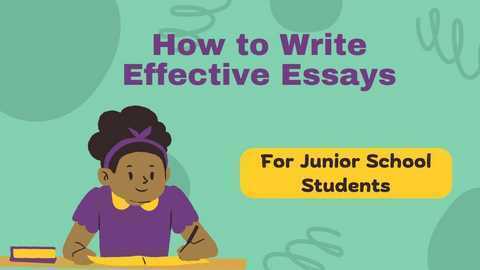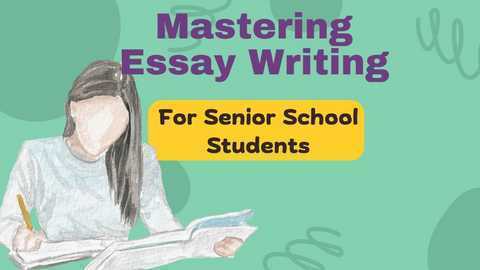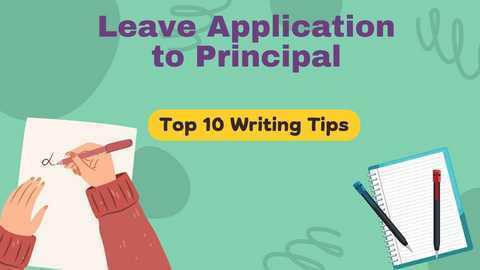Writing a well-crafted paragraph can be daunting, but it is a crucial skill that every writer must master.
A paragraph is a building block of any written piece.
It plays a vital role in effectively communicating the writer’s ideas.
In this article, we will discuss the 12 best tips for writing a paragraph that will help you create compelling and engaging content.
How to Write a Paragraph | 12 Best Tips with Examples

1. Start with a topic sentence:
A topic sentence is a sentence that introduces the main idea of the paragraph.
It should be clear, concise, and informative.
The topic sentence sets the tone for the entire paragraph and provides a roadmap for the reader.
Without a topic sentence, your paragraph can appear disjointed and confusing.
For example, suppose you are writing an essay about the benefits of exercise.
Your topic sentence could be: “Regular exercise has numerous physical and mental health benefits.”
This sentence clearly states the paragraph’s main idea and sets the tone for the rest of the content.
2. Use specific and relevant examples in your Paragraph:
Examples are an excellent way to support your argument and provide evidence to your readers.
They help to make your writing more engaging and relevant.
When using examples, be sure to choose specific, credible, and relevant to your topic.
For example, suppose you are writing a paragraph about the impact of social media on society.
In that case, you could use the following example: “A recent study found that social media usage has been linked to increased feelings of isolation and loneliness among young adults.”
This example provides specific evidence to support your argument and makes your paragraph more compelling.
3. Stick to one main idea:
A paragraph should focus on one main idea or topic.
Mixing multiple ideas can confuse your readers and make your writing appear disjointed.
To avoid this, stick to one main idea and develop it thoroughly.
For example, suppose you are writing a paragraph about the benefits of meditation.
In that case, you could focus on one main idea: “Meditation has been shown to improve concentration and reduce stress levels.”
This topic is specific and allows you to develop your argument more thoroughly.
4. Use transitional words and phrases within a Paragraph:
Transitional words and phrases connect ideas and sentences within a paragraph.
They help to create a smooth flow of ideas and make your writing more coherent.
Some examples of transitional words and phrases include “furthermore,” “in addition,” and “however.”
For example, suppose you are writing a paragraph about the impact of technology on society.
In that case, you could use transitional words to connect your ideas.
“Furthermore, technology has revolutionized the way we communicate with one another.
However, it has also increased screen time and decreased face-to-face interaction.”
5. Vary your sentence structure:
Varying sentence structures can make your writing more exciting and engaging.
It helps to avoid monotony and keeps the reader’s attention.
Use a mix of short and long sentences, and vary the sentence types, such as declarative, interrogative, and imperative.
For example:
Short sentence: The sun was setting.
Long sentence: The sun, a brilliant orange ball sinking below the horizon, cast a warm glow across the sky.
Varied sentence structure: The sun was setting, casting a warm orange glow across the sky as it sank below the horizon.
Another example:
If you are writing a paragraph about a trip to the beach, you could vary the sentence structure like this:
“The sun shone brightly, and the waves crashed against the shore. We walked along the sandy beach, feeling the warm sun on our skin. The seagulls were squawking overhead, and the salty ocean air filled our lungs. How wonderful it felt to be surrounded by nature and beauty.”
6. Use descriptive language in your Paragraph:
Using descriptive language helps to create vivid images in your reader’s mind and makes your writing more engaging.
Use adjectives and adverbs to describe people, places, and things.
For example:
Without description: The cat sat on the mat.
With description: The sleek black cat sat contentedly on the soft, fluffy mat.
Another example:
If you are writing a paragraph about a beautiful sunset, you could use descriptive language like this:
“The sky was a canvas of brilliant oranges, pinks, and purples. The sun slowly sank below the horizon, casting a warm glow across the landscape. The clouds were painted with vibrant colors, forming patterns that looked like works of art. The serene beauty of the sunset left us in awe.”
7. Use active voice:
Using active voice makes your writing more direct and engaging.
It also helps to avoid ambiguity and confusion.
For example:
Passive voice: The book was read by John.
Active voice: John read the book.
8. Use sensory details:
Sensory details help to bring your writing to life and make it more vivid.
They appeal to the reader’s senses and create a mental picture in their minds.
Use sensory details to describe sights, sounds, smells, tastes, and textures.
For example:
Sight: The sun-kissed waves crashed against the shore, glittering in the bright sunlight.
Sound: The soothing sound of rain tapping against the window lulled her to sleep.
Smell: The sweet aroma of freshly baked cookies wafted through the kitchen.
Taste: The bitter taste of coffee lingered on her tongue long after she finished her cup.
Touch: The kitten’s soft fur tickled her fingertips as she stroked its back.
One more example:
If you are writing a paragraph about your favorite food, you could use sensory details like this:
“The aroma of sizzling bacon and eggs filled the air, making my mouth water. The crispy bacon was perfectly cooked, and the eggs were fluffy and light. I savored each bite, enjoying the salty and savory flavors. The buttery toast added a satisfying crunch to the dish.”
9. Use metaphors and similes:
Using metaphors and similes helps to add depth and meaning to your writing.
They make abstract concepts more concrete and help connect different ideas.
For example:
Metaphor: Love is a rose, beautiful but prickly.
Simile: Her laughter was like music, filling the room with joy and warmth.
10. Provide context and background information:
Context and background information help to provide a broader understanding of your topic.
It can also help to establish your credibility as a writer.
Provide relevant context and background information to give your readers a better understanding of the topic.
For example:
Suppose you are writing a paragraph about the history of jazz music.
In that case, you could provide context and background information like this:
“Jazz music originated in New Orleans in the late 19th century and quickly became popular throughout the United States. It was influenced by African American music and European musical traditions. Jazz music has since evolved into various styles, including swing, bebop, and fusion.”
11. Use quotes or anecdotes:
Quotes and anecdotes can add interest and personality to your writing.
They can also provide additional information and support your argument.
Use quotes or anecdotes that are relevant and meaningful to your topic.
For example:
Suppose you are writing a paragraph about the importance of education.
In that case, you could use a quote or anecdote like this:
“As Nelson Mandela once said, ‘Education is the most powerful weapon you can use to change the world.’
This quote highlights the importance of education in shaping our future.
Through education, we can gain knowledge and skills to impact the world positively.”
12. Edit and proofread your Paragraph Writing:
After writing your paragraph, take the time to edit and proofread your work.
Look for grammatical errors, spelling mistakes, and awkward phrasing.
This step is crucial as it ensures your writing is clear, concise, and error-free.
For example:
Suppose you are writing a paragraph about the importance of time management.
In that case, you could edit and proofread your work by checking for errors and ensuring your ideas flow smoothly.
“Effective time management is crucial for success in both personal and professional life. It allows individuals to prioritize tasks and accomplish goals more efficiently.”
Conclusion
In conclusion, writing a paragraph is a fundamental skill that requires practice and attention to detail.
Following these 12 tips can create compelling and engaging content that effectively communicates your ideas.
With these tips, you can write paragraphs that will capture your readers’ attention and keep them engaged from beginning to end.




